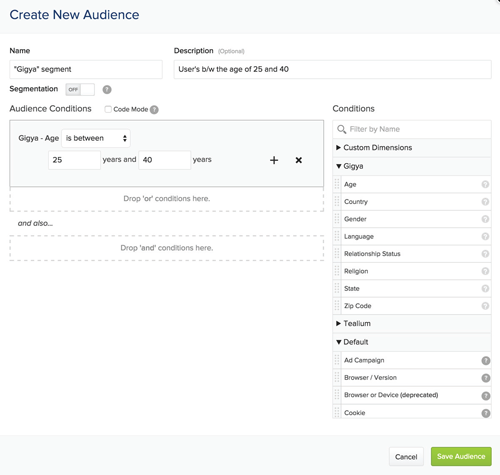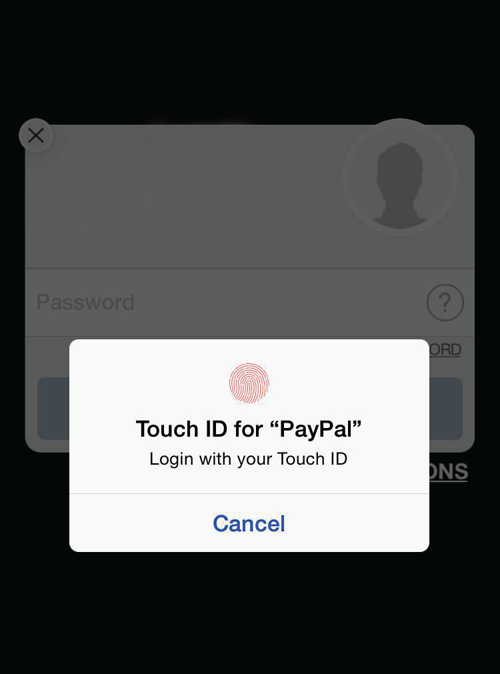Networks & Biometrics: Death of the Password

By Amberly Dressler, Managing Editor
The benefits of offering social media login, also known as social sign-in, are well-known.
First-time and returning users, for example, have the ability to sign onto a website with credentials they remember and trust (e.g. Facebook, Google+, LinkedIn or Twitter) - saving them time and eliminating frustration. For businesses, social login reduces friction in the conversion process and allows marketers to collect customer data that may not have been available otherwise (e.g., friends list, work info).
There are, fortunately for Web professionals, numerous technologies that exist to make social login a reality. Gigya, for example, offers deep integrations with a variety of marketing technologies that allow enterprises to take user information captured by social sign-in and apply it to actual campaigns to increase conversions and deepen engagement.
Gigya integrates with A/B testing leader Optimizely, for instance, to give marketers the ability to leverage social data (like gender, location, age) to deliver personalized experiences by creating unique marketing assets (e.g., landing pages) tailored to audiences based on available information.

While this type of data collection may be a red flag for some, end-users actually feel their personal information is better protected when using social login (this was among the top five reasons to use the feature according to a 2015 report from Gigya). Further, the number of U.S. consumers claiming to have logged into a website or mobile app using an existing digital identity from a social network is rising, with 88 percent having used social login last year - and this is true of both younger and more mature audiences.
With so many obvious benefits, businesses would be wise to explore a social login solution that will work for them currently (for a list of the top social login options, visit wsm.co/signon16 ), as well as those providers taking identification methods to the next level.
As far back as 2014, Gigya CEO Patrick Salyer gave an interview saying that the future of identity is beyond social; it's about payments and it's about seamless biometric login (fingerprints), too. The future is already here.
Looking at PayPal's app as an example, it allows for mobile payment transactions and provides the ability to verify identity with a fingerprint. As many Web pros know, Apple released Touch ID to recognize fingerprints on iPhone devices several years ago and Google followed up recently with Android M. As a result, more apps are likely to implement biometric login very soon.

Other types of biometric authentication include face, retina, voice and typing recognition, but since many businesses have yet to embrace traditional social login, widespread adoption of these identification methods will be delayed. Regardless, with simplicity and increased popularity, it should be clear that social and biometric login provide ease and engagement for registration and beyond while passwords suffocate the user experience.

Subscribe to Our Newsletter!
Latest in Marketing








